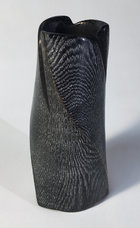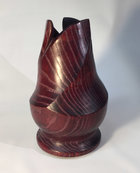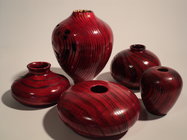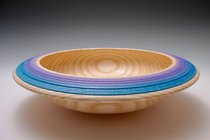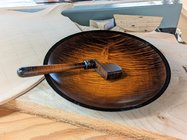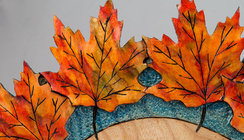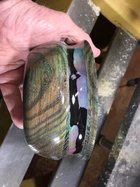I have a very big ash tree in my yard that has died that I need to take down soon. I've turned ash before and it's not very exciting so thinking, since I'll have a lot of it to learn on, that I might try some dye or alcohol ink coloring. I see a lot of really nice pieces in the gallery here done this way and from a few videos I've watched it seems ash is a good wood to work with for coloring. I know nothing about coloring wood. It doesn't really fit the look I'm after but, maybe time to try something new.
Would appreciate some basic pointers to get started - what to buy, things to avoid, wood prep, process, etc. Would like to start simple and learn. I'll keep reading through the posts I can find here to pick up what I can.
Would appreciate some basic pointers to get started - what to buy, things to avoid, wood prep, process, etc. Would like to start simple and learn. I'll keep reading through the posts I can find here to pick up what I can.

